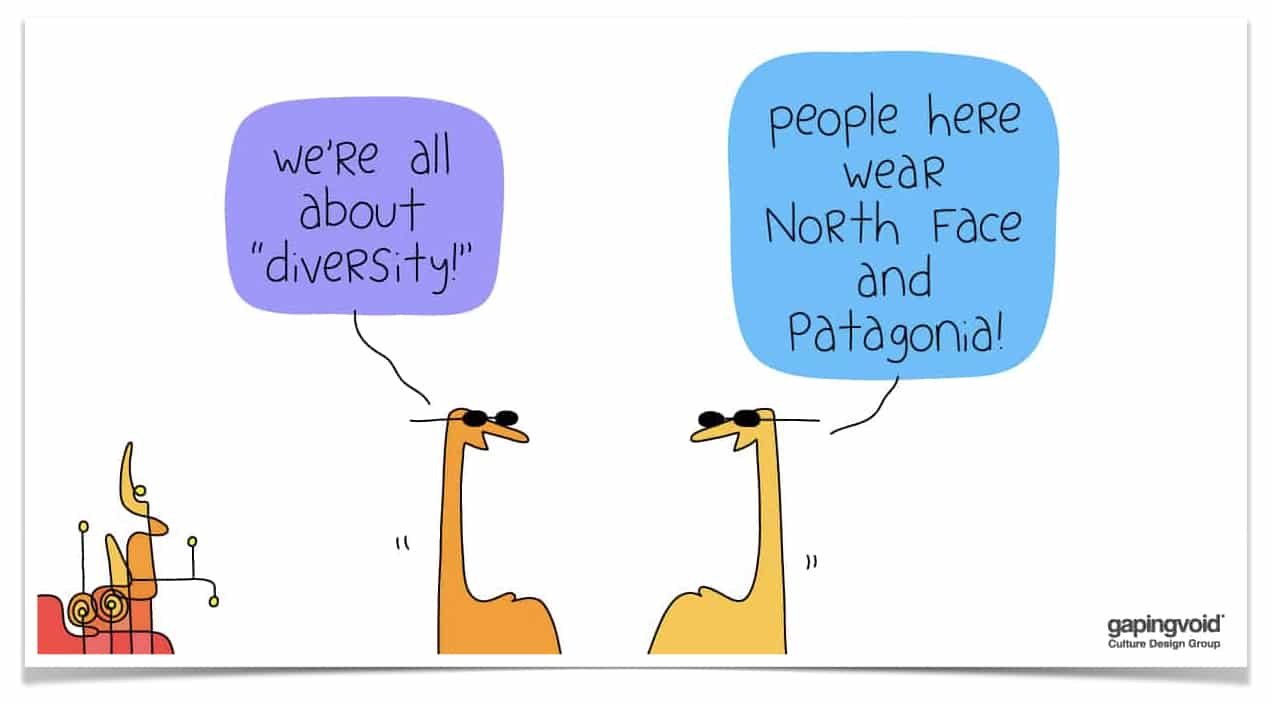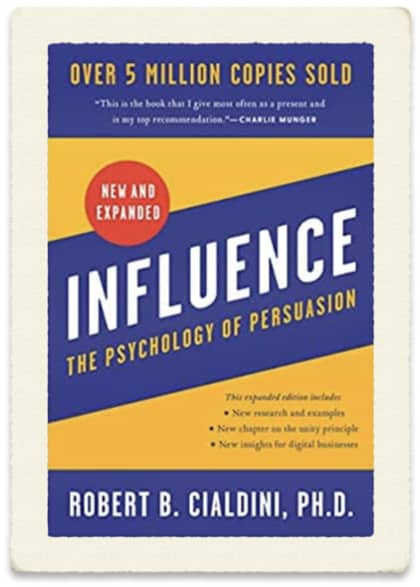Social objects are powerful public relations tools.
As a PR professional since 2005, I’ve helped organisations of all sizes get their audience to talk about their brands, spokespeople, services, and products.
This post will give you an in-depth overview of social objects and learn how to classify them. Along with examples of social objects for each classification, you will also get a recipe for running a powerful word-of-mouth workshop.
Here we go:
What are Social Objects?
Spin Academy | Online PR Courses
Social Objects Meaning, Definition, and History
A social object is what people talk about with each other. A social object could be a thing, a person, an event, or a concept. It could be the latest Star Wars movie or what you had for dinner last night. It could be anything, but that specific anything — that’s the social object.
Social object = an agreed-upon conceptualisation that people communicate with each other about as an object. A social object could be a thing, a person, an event, a concept, an idea, etc.
In 2005, the Finnish entrepreneur Juri Engström discussed social objects to argue that Silicon Valley formed social networks around social objects — and not vice versa.
Engström was the founder of the social network Jaiku, a much-loved meeting place for early adopters of social media, and this qualified him as a thought leader at the time. 1Jaiku was a social networking, micro-blogging and lifestreaming platform founded in February 2006 by Jyri Engeström and Petteri Kopon. The service was made available for public beta testing on March … Continue reading
Social object theory served as a valuable framework to explain why some networks seemed to thrive and others didn’t.
Social networks have evolved dramatically, and today, we know more about dopamine-inducing gamification, the mathematics of viral loops, and the inner workings of social algorithms that make networks tick.
The Actor-Network Theory (ANT)
Thinking of concepts as objects is deeply rooted in general sociology and phenomenology.
Approaching concepts as objects is dominant in the Actor-Network Theory (ANT), which focuses not on why a network takes a specific shape but on a method or process for understanding the relationships within a network.
ANT is a theoretical framework developed by John Law and Michel Callon in the 1980s to extend studies by scholars such as Bruno Latour. The theory explores the network of relationships between groups and organisations, emphasising connections that are not hierarchical or linear.
In ANT analysis, objects become objects of meaning when transmitted throughout the network. They gain or lose meaning as they pass through the network and change the network as they do. For instance, “fake news” suddenly becomes more than just two conjoined words; it becomes a social object with additional meaning.
Learn more: Social Objects and Public Relations
💡 Subscribe and get a free ebook on how to get better PR.

Social Objects: Principles

Social Objects: Principles
In 2007, cartoonist Hugh MacLeod (gapingvoidart.com) started discussing social objects more practically. It made sense since MacLeod’s cartoons were funny and acted as a free-to-share social commentary of the times; his cartoons were distinct social objects.
MacLeod went on to outline nine principles of social objects. In his words: 2The list summarises points MacLeod made at a seminar in 2013.
Learn more: Social Objects and Public Relations
💡 Subscribe and get a free ebook on how to get better PR.
Types of Social Objects
Spin Academy | Online PR Courses
Types of Social Objects
To promote word-of-mouth for your brand, you need ideas about what social objects to create content around.
“The first and most basic rule is to consider social facts as things.“
Source: The Rules of the Sociological Method 3Durkeim, E. (1982). The Rules of the Sociological Method. New York: The Free Press. p. 60.
There are different types of social objects:
Workshop idea: In the first half of the workshop, spend a few minutes on each type of social object. Write each idea as one sentence on a Post-It starting with, “Have you heard…”. In the second half of the workshop, run through the ideas, discussing, “Is this something real people would say?”
Learn more: Social Objects and Public Relations
💡 Subscribe and get a free ebook on how to get better PR.
Book: Contagious
Contagious
Jonah Berger, a marketing professor at the Wharton School at the University of Pennsylvania, proposed six key concepts in his book “Contagious: How to Build Word of Mouth in the Digital Age” (also known as “Contagious: Why Things Catch On”) that make ideas or products go viral or “stick.” 4Berger, J. (2014). Contagious: How to build word of mouth in the digital age. Simon & Schuster.

These concepts are:
These concepts can be used to craft messages and campaigns more likely to be shared and spread, leading to more effective communication and marketing efforts.
Learn more: Public Relations Books

THANKS FOR READING.
Need PR help? Hire me here.

PR Resource: Six Principles of Influence
Influence
Robert B. Cialdini published “Influence: The Psychology of Persuasion” in 1984, and his principles of influence are widely cited. They provide a framework for understanding how people are persuaded, and public relations, advertising, and sales professionals often use them. 5Cialdini, R. B. (2009). Influence: The psychology of persuasion (Rev. ed.). HarperCollins.

Here are Cialdini’s six principles:
These principles are powerful tools for persuasion and can be used individually or in combination to influence perceptions and behaviours.
Learn more: Public Relations Books
Annotations
| 1 | Jaiku was a social networking, micro-blogging and lifestreaming platform founded in February 2006 by Jyri Engeström and Petteri Kopon. The service was made available for public beta testing on March 27, 2007. It had over 1 million users worldwide at its closure on March 18, 2009. |
|---|---|
| 2 | The list summarises points MacLeod made at a seminar in 2013. |
| 3 | Durkeim, E. (1982). The Rules of the Sociological Method. New York: The Free Press. p. 60. |
| 4 | Berger, J. (2014). Contagious: How to build word of mouth in the digital age. Simon & Schuster. |
| 5 | Cialdini, R. B. (2009). Influence: The psychology of persuasion (Rev. ed.). HarperCollins. |


